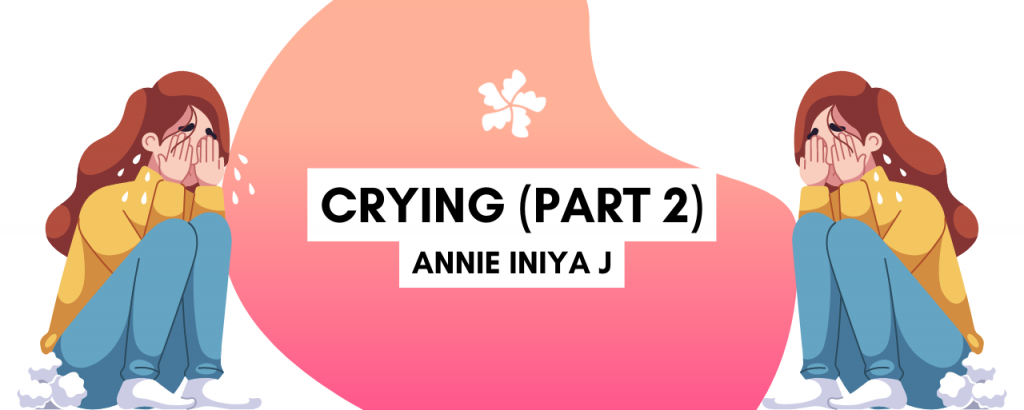Do you have one of those days when you randomly experience this growing urge to break down and cry in the middle of a normal day? Or that strange but familiar feeling of anxiety that takes a long shower to get the tears out? Or those days when the slightest inconvenience makes you want to […]

Do you have one of those days when you randomly experience this growing urge to break down and cry in the middle of a normal day? Or that strange but familiar feeling of anxiety that takes a long shower to get the tears out? Or those days when the slightest inconvenience makes you want to throw yourself on the floor and get it all out?
Well, you’re not alone but have you ever wondered why?
The mounting feeling of anxiety, the unmistakable sensation of helplessness, and that large block of emotions that feel stuck inside your throat don’t make you weak-willed. They only indicate that your body is doing its best to help you cope with the progressively demanding task termed life.
Crying is a simple yet magically therapeutic process that only humanity is endowed with. It’s how our tired body signals for help. And how exactly do you help it? You give in.
Are emotions the only reason for tears?
The answer is a solid no. The human body releases tears for a variety of reasons like defense, reflex, and lubrication. Crying releases emotional tears which differ from the rest in composition, purpose, and function.
When life gets too much or when all of those little things add up, our body sends a rescue boat making use of our ability to cry. The part of our brain which registers the particular emotion sends impulses to the target area, which then proceeds to help you relieve all that stress through “a good cry”.
It is okay to cry:
Crying is good for our mental health regardless of who we identify as. Crying helps release endorphins (hormones) which help our body deal with stress or pain that physically and emotionally help us cope.
The gender disparity associated with crying originates from patriarchal notions that obstruct a particular gender from embracing a human and natural biological process. Emotional crying has no gender and is a very required reaction.Continuously resisting signals that our body and brain give out, or refusing to listen to them in no way makes anybody braver.
Give in, let it out:
There are multiple glands, hormones, and parts of our body working to make sure we have a good cry. Let’s not deny them. At the end of it, life might not be drastically better, but our health will be.
We’re having that long shower today, how about you?
Writer: Annie Iniya J